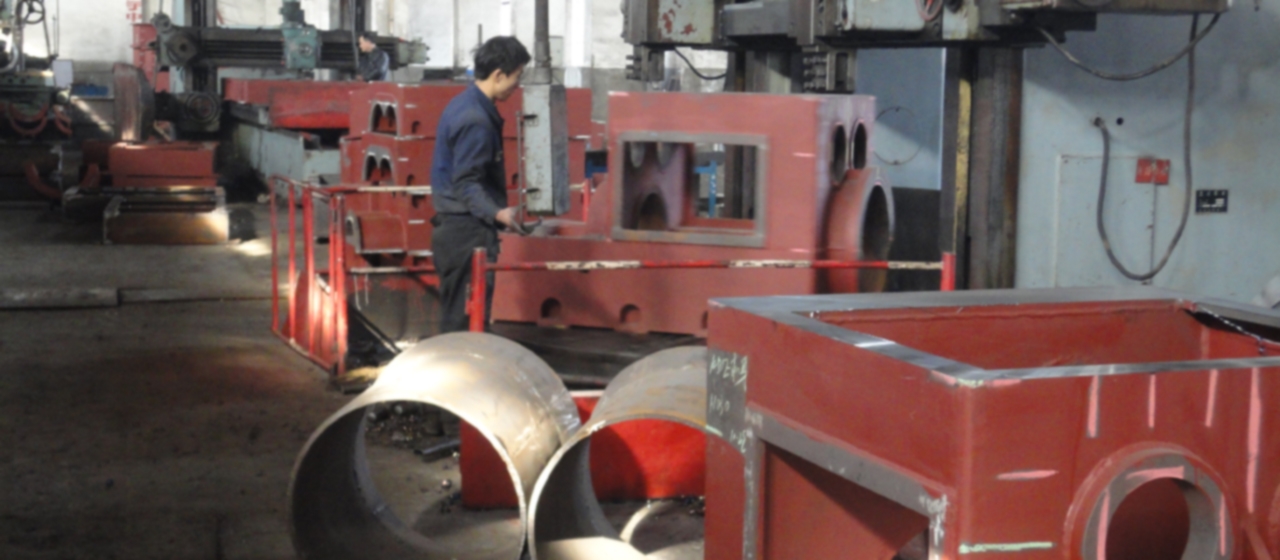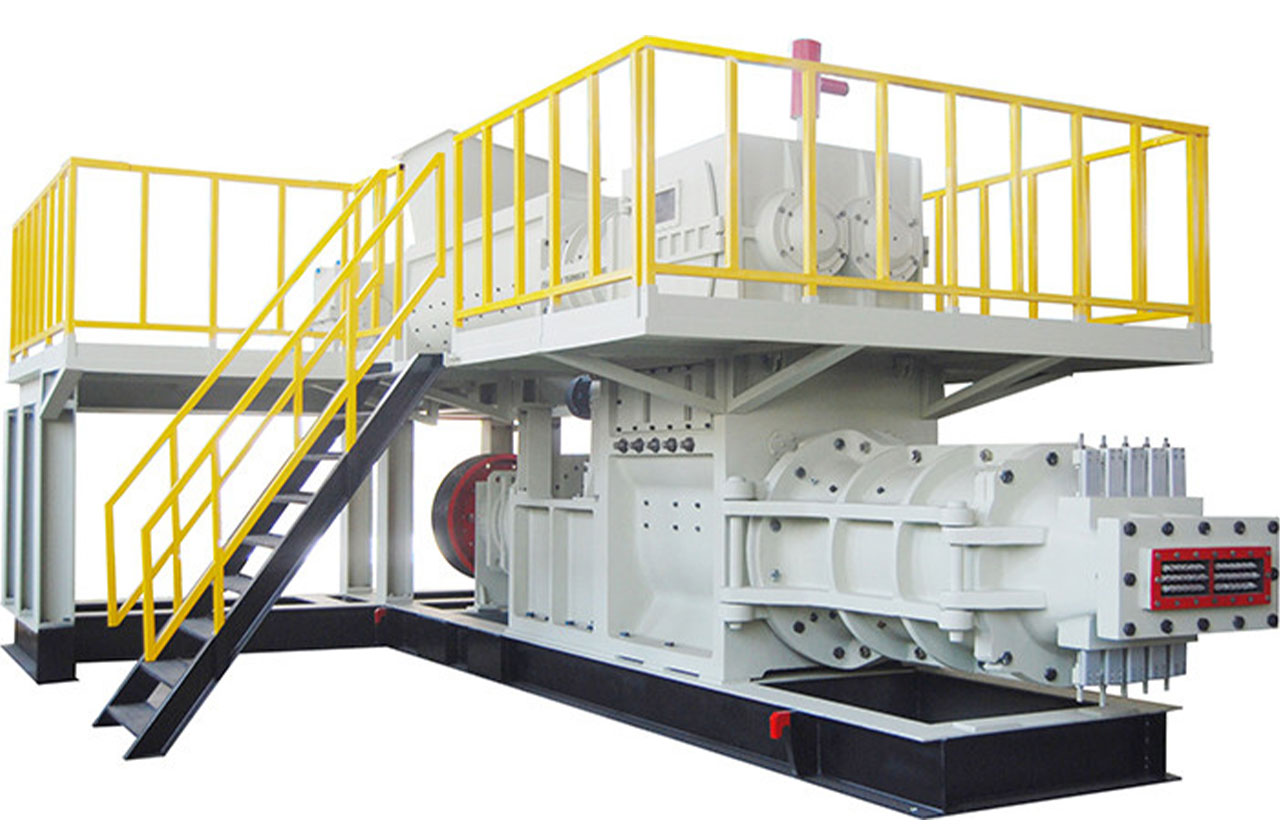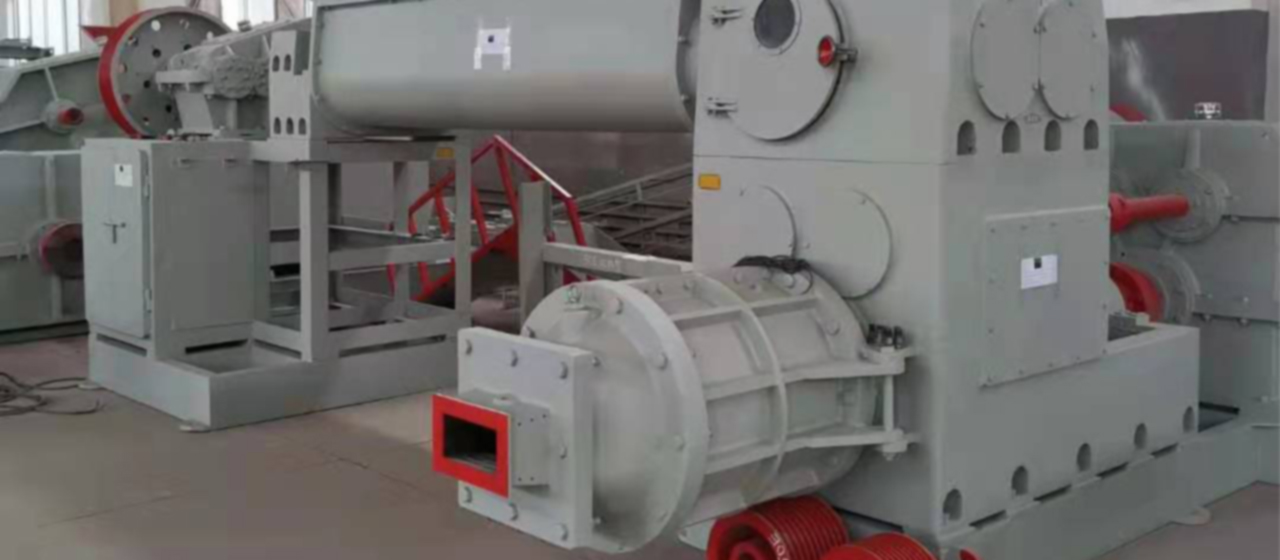clay red brick
First: Low temperature roasting zone: The roasting zone body is red or dark red, and the temperature is significantly insufficient, so bricks need to be produced. The gate should be immediately lowered, the opened kiln door should be closed, excess air should be reduced, and good bituminous coal should be frequently added to promote or ignite the fire, cultivating the fire situation. The reasons and prevention measures for this situation include:

① The calorific value of coal is too low and the firepower is insufficient. In fact, inferior coal is more suitable for internal combustion because it can replace a top mud material. Coal should be added frequently to promote the fire, and high resistance billets can also be used to limit excess air.
② Kiln workers are not accurate in judging the fire, especially in cloudy and rainy days and at night, they tend to overestimate small fires and lower the actual temperature.
③ When burning bricks externally, the resistance of the stack is too small, the kiln door is too close, the air brake is raised too high, and there is too much excess air. The nearby kiln door should be closed, the air damper should be lowered, and in severe cases, the exit of the kiln and partial blocking of the brick stack should be suspended. Always be careful not to approach the kiln door
Secondly, the upper surface fire is ahead of the base fire, and the difference in base fire: the upper surface fire is ahead of the base fire by several or more rows. We should increase the strong bottom wind of the remote gate, and also appropriately lower the other gates and reignite the low fire to increase temperature. The reasons and prevention measures for this situation include:
① The bottom of the kiln is damp, and it is difficult to raise the temperature at the bottom of the stack. Attention should be paid to moisture-proof measures and drainage around the kiln body.
② The form of the code kiln is not good, and it has not achieved thinning at the bottom and densification at the top. The resistance at the top of the billet stack is small, and the resistance at the bottom is large. The bottom fire cannot move, so it should be improved.
③ When burning internal combustion bricks, the legs of the kang are too high and too thin, the handbrake is too high and too close, the rotary kiln door is too close, and the air flow at the bottom is too high. When burning external combustion bricks, the legs of the kang are too dense and too short, and the ash content of the external coal is too high, which blocks the passage of the legs of the kang and makes it difficult to ventilate at the bottom. Both should be adjusted.
④ Insufficient ventilation inside the kiln will inevitably lead to severe backfire. It may be due to the air brake being too low, the stack being too dense and the resistance being too high, or the flue being blocked. Adjustments or cleaning should be made after investigation.
⑤ If the fire hole is not properly stacked, the coal will not fall to the bottom. Attention should be paid to the detachment of the fire hole and the bridging of the fire hole to ensure that the coal thrown is evenly spread to the bottom.
Thirdly, the bottom fire should be advanced and the upper surface fire should not move. For the rotary kiln, the bottom fire should be immediately cooled by pressing the kiln door and strong cold air in the tank. If there is a risk of kiln collapse due to the bottom fire temperature approaching the upper limit of the sintering temperature range, a hole can be drilled in the lower part of the kiln door near the roasting zone to inject cold air for cooling. Once the situation improves, it should be immediately blocked. The main reasons and prevention measures for this situation are:
① If the wind inside the kiln is too strong, especially when the suction force on the legs of the kang is too strong, or too much cold air is injected into the surface fire, it cannot burn. The distance brake should be lowered, the bottom suction force should be reduced, the fire hole should be closed to prevent cold air from entering.
② Too much coal is added externally, and there is too little coal on the stack of directly falling kiln bottom billets to burn. The far gate should be lowered and the near gate should be adjusted appropriately to reduce the bottom suction force, close the fire eye, and prevent cold air from being injected. Choose an appropriate amount of combustion air and hot air flow rate to increase the surface fire temperature.
③ To prevent coal from falling directly into the bottom of the kiln through the fire hole, attention should be paid to bridging the fire hole, so that the coal thrown is evenly spread to all parts of the billet stack after being dispersed, and it is strictly prohibited to add coal with a large shovel The kiln has poor form and uneven distribution of cross-sectional air volume.

Fourth: Severe backfire during roasting: mainly due to insufficient suction of the wind. It may be due to insufficient suction from the fan or chimney, blockage or severe air leakage in the flue, improper use of brakes, detachment of paper barriers for air leakage, or excessive density of the kiln, and inability to move the air. The cause should be identified and eliminated.
Fifth: No matter how early the switch is turned off, the fire will not move: it can be seen from the fire eye that the fire eye is stagnant or even moving backwards. It may be that the gate of the insulation cooling belt is broken or not tightly covered, or the kiln wall in that section is severely leaking air, directly entering the flue and pulling the fire back. During the inspection, the fan can be started and the smoke gate can be fully opened. All air dampers should be closed, and a torch should be used to conduct a carpet style inspection along the interior wall of the kiln, as well as the air vent and flames. If flames are found to be drilling into the brick joint, there is air leakage. If flames are drilling into the air vent, the air vent will be broken or not tightly closed. For the brick joint, a depth of about 75px should be dug first, and then a mud strip made of brine with 3% to 5% industrial salt or tofu should be added to fill the brick joint. For the air damper, It should be repaired and replaced. The inner wall of the rotary kiln is close to the main flue, which has a high suction force and is more prone to air leakage. If the situation of the kiln is not correct, the resistance of the billet stack is too high, the longitudinal fire channel is blocked, and the fire cannot move, improvement should be made.
Sixth: The front fire does not move, and the back fire is not guaranteed: At this time, the fire is drifting upwards, the back fire is strong, and the bottom of the kiln cannot be seen clearly. When roasting, the front fire does not fall below the bottom. Please lower the back fire quickly. The reasons are: the handbrake is too high, which draws away the fire, or the kiln door is too close, and the air preheating is not enough to enter the roasting zone, flowing into the legs of the kang, and the bottom fire cannot be started; Or if the fire eye blank is too dense, the coal cannot be poured out to the bottom. Therefore, the handbrake should be lowered and the door opening should be postponed. If the temperature of the insulation bag is severely reduced, the opened kiln door and the blocked part of the kiln brick stack should also be sealed to reduce the air intake, and the middle and lower blank stacks should be appropriately increased to reduce the height of the kang legs. If the kiln worker makes a mistake in operation and causes a temperature decline, it should be detected in a timely manner. Strengthen coal feeding to maintain the fire, increase the number of high-temperature discharges, until the bottom fire is bright and without black waist, in order to restore normal discharge.








